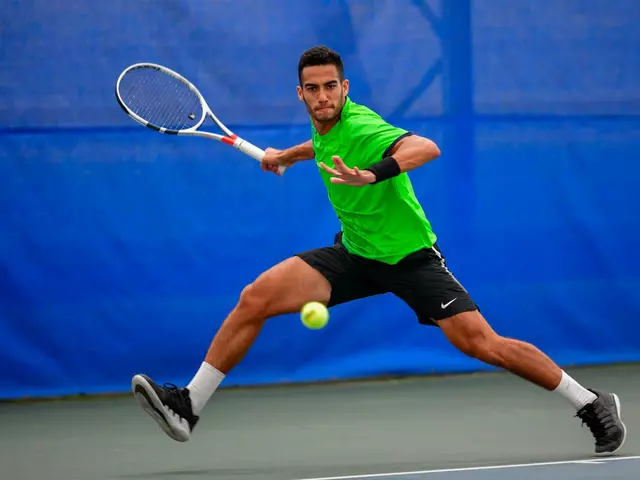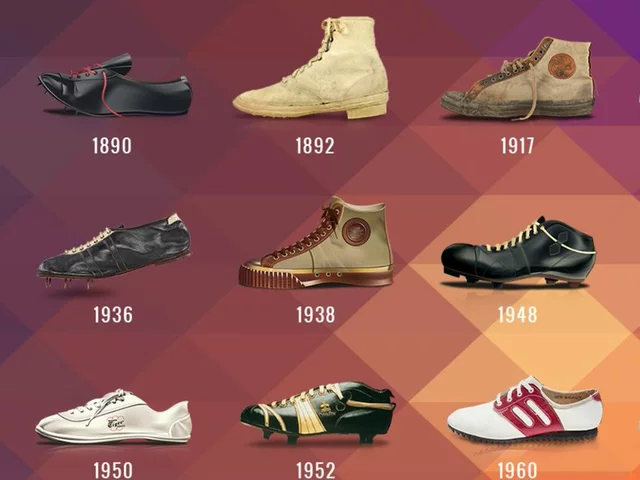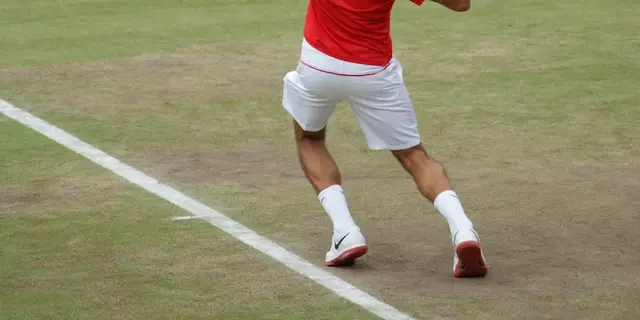Tennis Treatment Tips – Simple Ways to Recover and Stay Strong
If you love tennis, you’ve probably felt a twinge in your arm, shoulder, or knee after a long session. The good news is you don’t have to sit out for weeks. With the right treatment plan, you can ease the pain, speed up healing, and get back on the court faster.
Treating Common Tennis Injuries
Most players run into a few typical problems: tennis elbow, shoulder strain, and calf tightness. For tennis elbow, start with ice – 15 minutes after you play, three times a day. Ice reduces swelling and numbs the ache. Pair that with gentle wrist‑flexor stretches; hold each stretch for 20 seconds, repeat five times. If the pain sticks around, a compression sleeve can add extra support during practice.
Shoulder strain often comes from an over‑active serve. After a match, roll a tennis ball under the front of your shoulder for a minute on each side. This simple massage loosens the tight muscles. Follow up with a wall‑slide: stand with your back to a wall, arms bent at 90°, and slide them up and down. Do three sets of ten reps. The movement restores range of motion without heavy loading.
Calf tightness can make running feels stiff. A quick fix is the standing calf stretch: place both hands on a wall, step one foot back, keep the heel down, and lean forward. Hold for 30 seconds, then switch legs. Doing this after each session keeps the muscle elastic and reduces the chance of a cramp during a match.
Strengthening Tips for Recovery
Recovering isn’t just about resting; you need to rebuild the muscles that support your joints. For forearm and biceps, grab a light dumbbell (2‑5 kg) and do wrist curls. Sit, rest your forearm on a table, palm up, and lift the weight using only your wrist. Ten reps, three sets, every other day, will strengthen the muscles that protect the elbow.
Reverse wrist curls work the opposite side. Flip your palm down and lift the weight. This balances the forearm and cuts down on future elbow strain. If you don’t have dumbbells, a filled water bottle works just as well.
Don’t forget your core. A strong core stabilizes your swing and reduces stress on the lower back. Simple planks—hold for 30 seconds, rest, repeat three times—do this daily. Add side planks to target the obliques that help with rotation during a serve.
Finally, give your body time to adapt. Start each new exercise with low weight, and only increase when you feel comfortable. Consistency beats intensity; a few minutes each day beats a long session once a month.
With these treatment steps and strength drills, you can manage pain, prevent new injuries, and enjoy tennis longer. Remember, a little attention after every match goes a long way toward staying on the court and playing your best game.

What is the best non-medical treatment for tennis elbow?
Tennis elbow is a condition caused by overuse of the arm and forearm muscles. Non-medical treatments such as rest, icing, compression, and elevation can help treat the condition. Stretching and strengthening the muscles involved can also help improve the condition. Physical therapy can be used to help with flexibility and range of motion. Over-the-counter pain medications can also be used to reduce inflammation and pain. Finally, supportive braces or straps can help provide additional stability and support.
Detail



